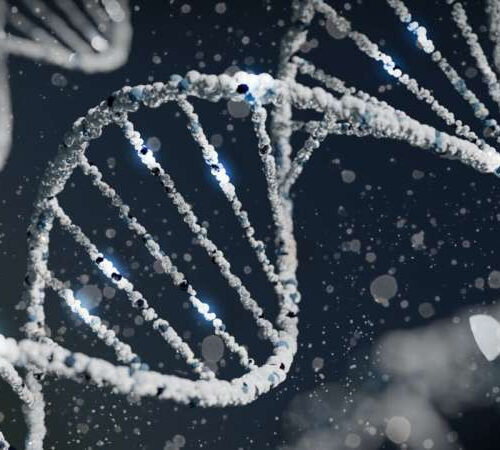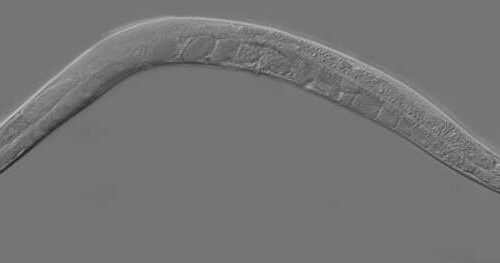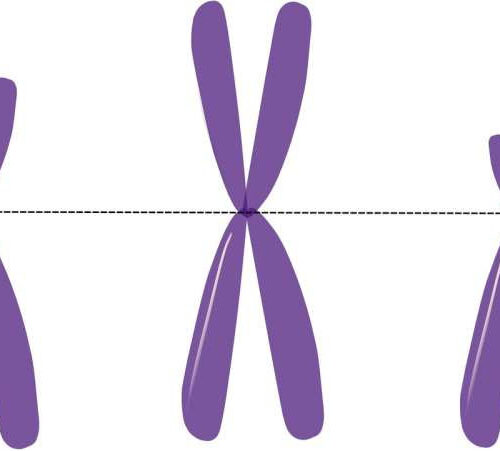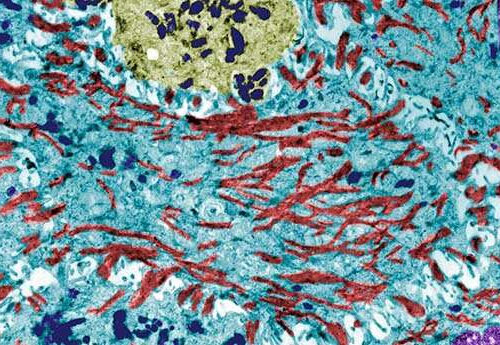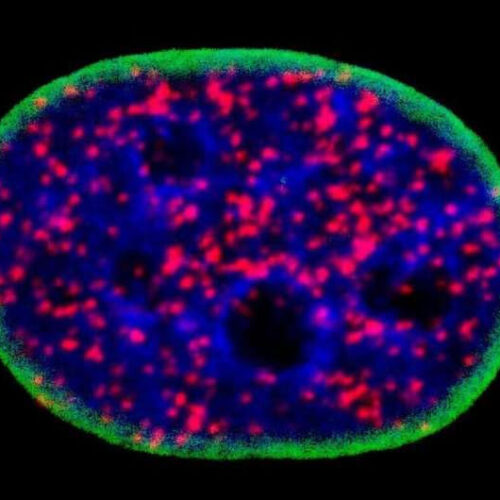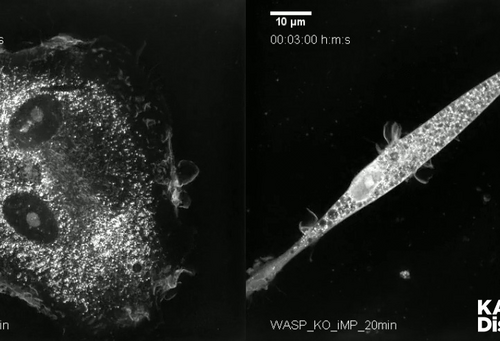by Nadine A Yehya, UC Davis Credit: Unsplash/CC0 Public Domain An international team of researchers led by UC Davis geneticist Suma Shankar has discovered a new gene implicated in a neurodevelopmental condition called DPH5-related diphthamide-deficiency syndrome. The syndrome is caused by DPH5 gene variants that may lead to embryonic death or profound neurodevelopmental delays. Findings...
Category: <span>Genetics</span>
Towards a cure for lymphoma: new research brings hope
New light is being shed on the mechanisms underlying the malignant transformation of lymphomas, paving the way for a promising therapeutic target, thanks to research conducted by a team led by Université de Montréal professor Tarik Möröy. Director of the hematopoiesis and cancer research unit at the Montreal Clinical Research Institute (IRCM), affiliated with UdeM, Möröy...
Scientists map networks of disease-associated immune genes
by Sarah C.P. Williams, University of California, San Francisco Myeloid immune cells alongside red blood cells in an electron micrograph of human blood. Credit: National Cancer Institute Using new technologies to study thousands of genes simultaneously within immune cells, researchers at Gladstone Institutes, UC San Francisco (UCSF), and Stanford School of Medicine have created the most...
Researchers develop C. elegans as a model for investigating metabolism variations between individuals
by Jim Fessenden, University of Massachusetts Medical School Caenorhabditis elegans. Credit: Kbradnam at English Wikipedia/Wikimedia Commons, CC BY-SA 2.5 Using four unrelated strains of the microscopic nematode C. elegans originating from different parts of the world, a group of worm biologists have developed a model system to study individual differences in metabolism. The use of C. elegans, a widely...
X chromosomes linked to male infertility identified
by Bob Yirka, Medical Xpress Credit: CC0 Public Domain An international team of researchers has identified multiple X chromosomes that likely contribute to infertility in men. In their paper published in The American Journal of Human Genetics, the researchers describe how they conducted genetic sequencing on genes from male patients suffering from infertility and compared them...
New gene profiling technology reveals melanoma biomarkers
by UC Davis Microscopic image of melanocyte cells that produce skin and eye pigment. Credit: UC Davis A new UC Davis-led study sheds light on cell type-specific biomarkers, or signs, of melanoma. The research was recently published in the Journal of Investigative Dermatology. Melanoma, the deadliest of the common skin cancers, is curable with early diagnosis and treatment. However,...
Unexpected link between most common cancer drivers may yield more effective drugs
by Chris Barncard, University of Wisconsin-Madison Outlined in green, this nucleus of a cancerous cell contains DNA in blue and red blobs marking the cell’s p53 protein binding with parts of the Atk cellular signaling pathway, a partnership that will prevent the cancerous cell from dying as it should and instead prolong its life and...
What is Johanson-Blizzard Syndrome?
By Aimee Molineux Reviewed by Emily Henderson, B.Sc. Johanson–Blizzard syndrome (JBS) is a rare autosomal recessive condition caused by homozygous and compound heterozygous mutations in the UBR1 gene. Until 2005, the genetic abnormality that caused the syndrome was unknown. Multisystem involvement and facial dysmorphic characteristics are hallmarks of this syndrome. Bilateral severe to profound sensorineural...
New research could explain unknown causes of epilepsy
by Mikayla Mace Kelley, University of Arizona The Tmep protein can be seen in pink at a fly neuromuscular junction, which is outlined in blue. Tmep regulates how frequently the neuron fires. Credit: Martha Bhattacharya In many cases of epilepsy—a disorder that disrupts the normal pattern of electrical activity in the brain and often results in...
Stem cells reveal underpinnings of rare immune disease
KING ABDULLAH UNIVERSITY OF SCIENCE & TECHNOLOGY (KAUST) IMAGE: THE WILD TYPE (WT) MACROPHAGE (LEFT) AND THE WISKOTT-ALDRICH SYNDROME PROTEIN KNOCKOUT (WASP-KO) MACROPHAGE (RIGHT), AS CAPTURED BY A NANOLIVE MICROSCOPE. CREDIT: © 2022 KAUST. A new stem cell study by KAUST researchers helps to explain a rare genetic disease called Wiskott-Aldrich syndrome (WAS), yielding molecular...

